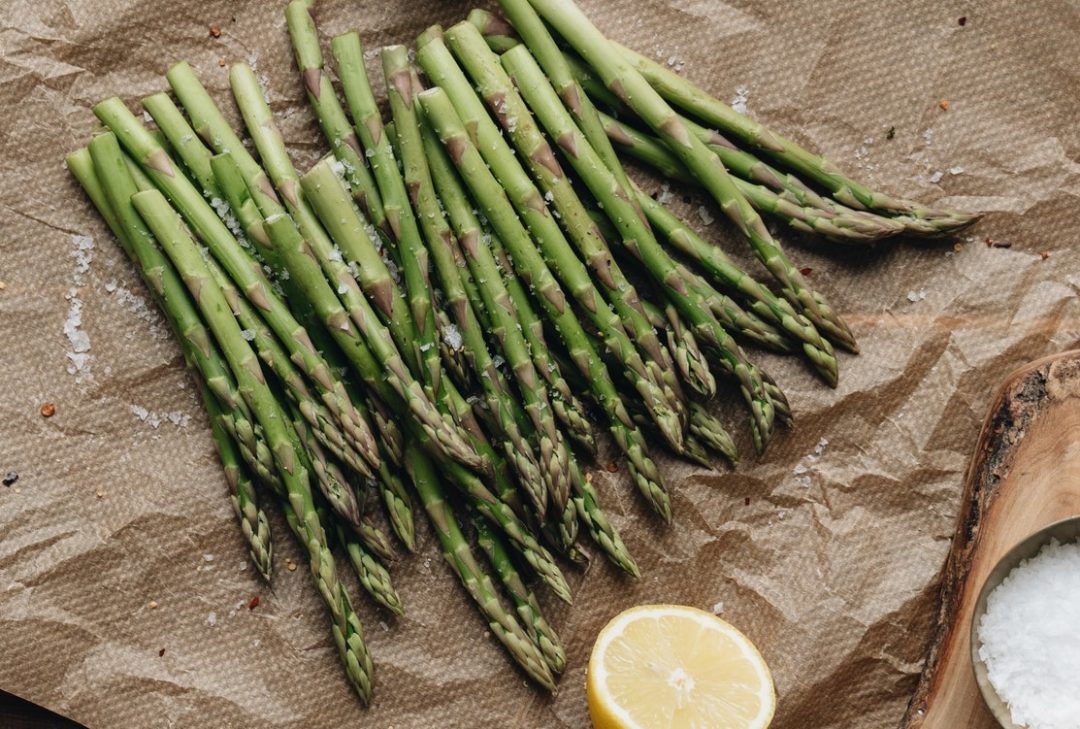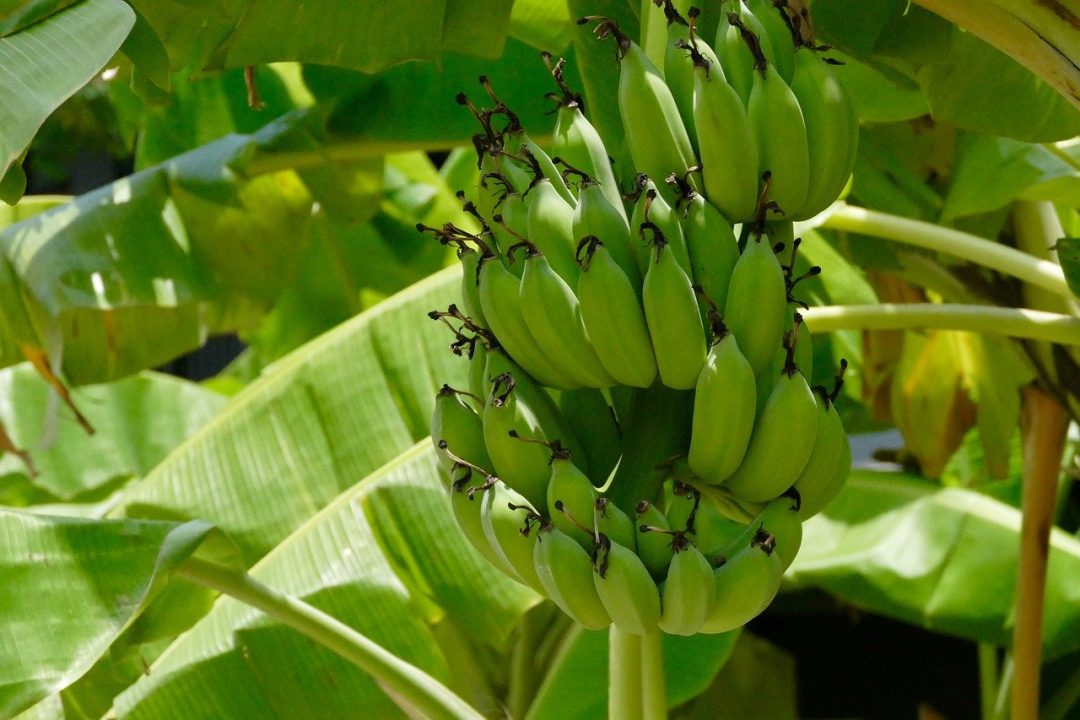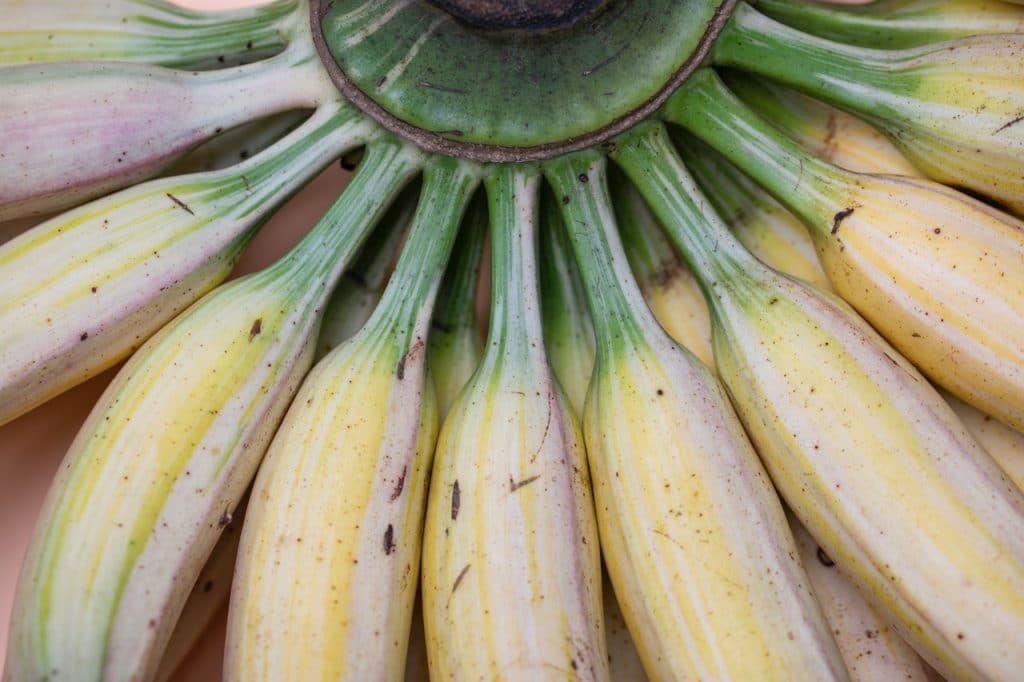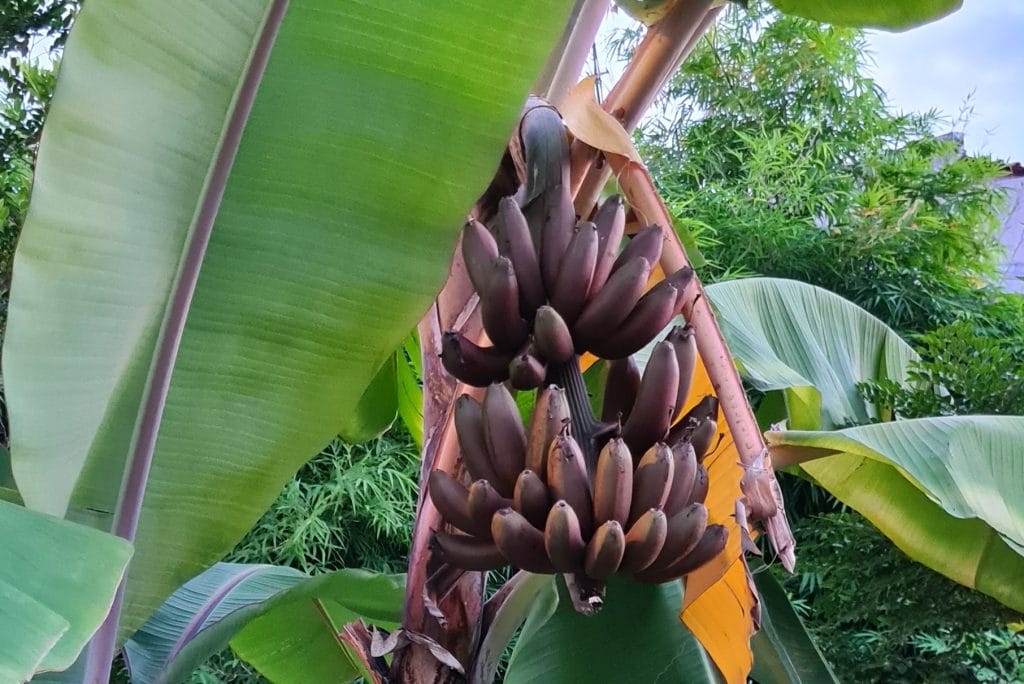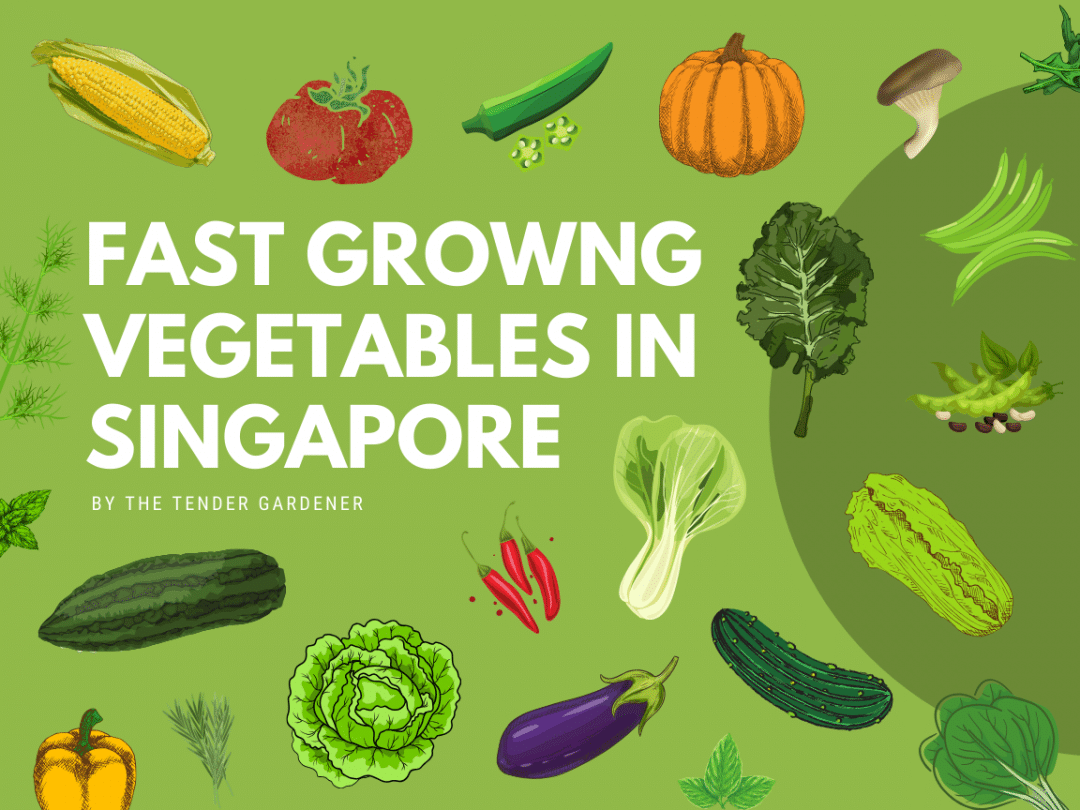Asparagus is a delicious and healthy vegetable that is relatively easy to grow in Singapore. If you live in a tropical climate, these tips are relevant too. If you are interested in growing asparagus in your garden, read on, I will teach you everything you need to know about growing asparagus.
Asparagus is a member of the Asparagaceae family and is a perennial plant, meaning it will come back year after year. In the tropics, asparagus can take about 7-18 months to mature, depending on which variety you grow, and once mature it can produce for up to 20 years!
You can grow asparagus from seed or from crowns (roots). Overseas, it is common for people to procure crowns that are as old as 3 years old because it cuts the waiting time for asparagus plants to mature. In climates that experience winter, it takes around 3 years for asparagus plants to become productive. In Singapore, however, plants mature in half the time or less so people are more likely to grow it from seed instead.
Asparagus plants are either male or female. Male plants are sometimes preferred over females and more prolific at producing asparagus spears because female plants expend more energy producing berries. These are poisonous and should not be consumed. Female plants also do not live as long as male plants. This is why some people prefer to grow F1 male dominant hybrid cultivars.
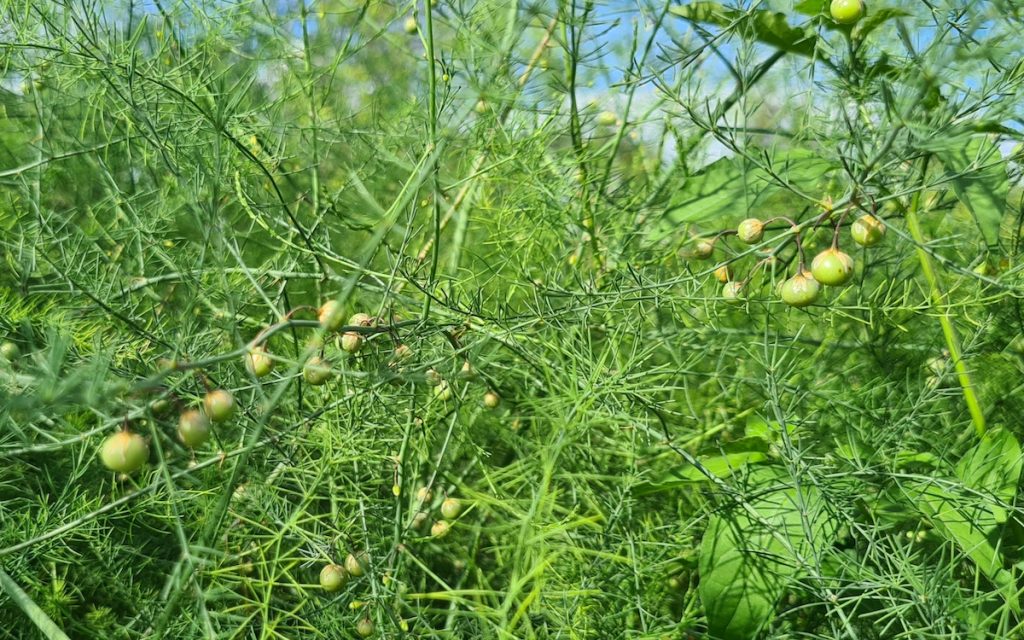
How long does it take to harvest asparagus?
I used to think that it takes around 2-3 years to grow asparagus (Asparagus officinalis) to maturity in Singapore, but realised that because of our tropical climate it can take as little as 7 months for edible asparagus spears to begin forming. This depends on the variety you are growing.
Horti retails Mary Washington asparagus seeds which takes approximately 18 months till harvest, while Baba sells an F1 (hybrid) cultivar which produces edible spears as soon as 7 months. Once established, the plants can produce spears from 8-20 years.
In cooler climates, it takes longer because of the changing seasons. It goes dormant in winter while its peak growing season begins in spring. Therefore the first harvest can take a few years.

